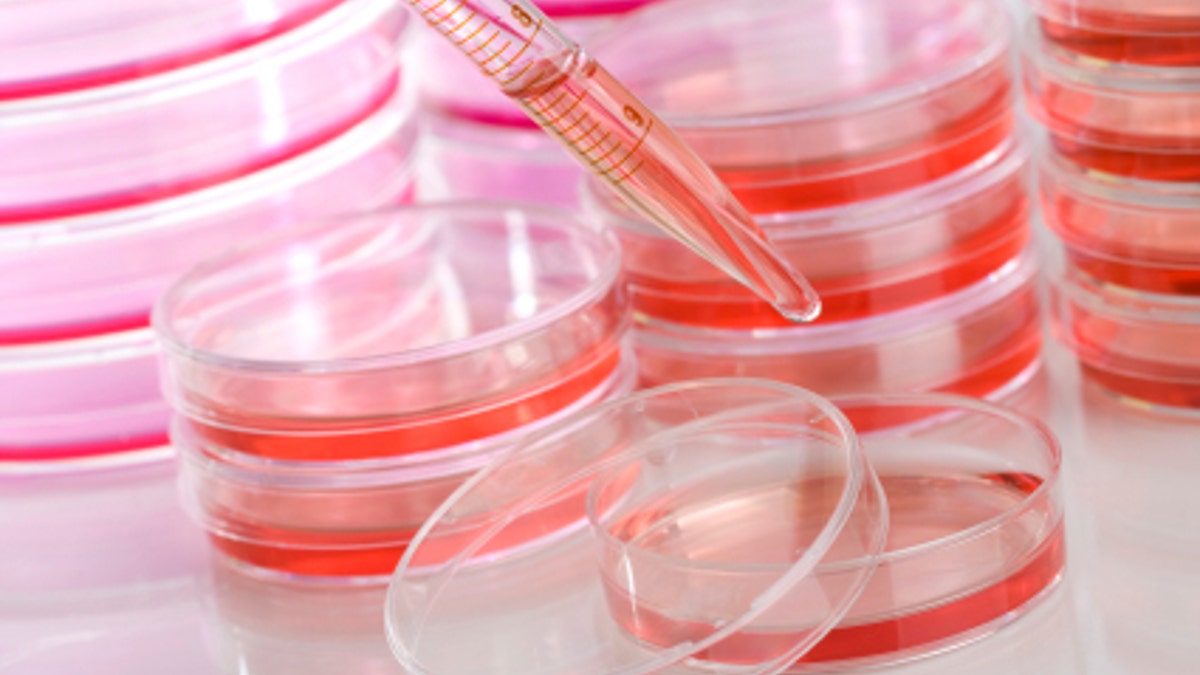
Liposuction may yield more than just a leaner figure – it can potentially produce stem cells for tissue reconstruction.
Researchers from the University of Oklahoma, in Norman, Okla., have successfully extracted adult stem cells during liposuction and used them to generate healthy blood vessels.
These newly formed blood vessels can be used in heart bypass surgery and other complicated procedures requiring healthy vessels, according to the researchers, who presented their findings at the American Heart Association’s Basic Cardiovascular Sciences 2012 Scientific Sessions.
While stem cells are typically derived from other sources in the body, the researchers said liposuction-derived stem cells could be useful for an elderly demographic.
“For doing coronary artery bypass graft surgery, people who get that are typically elderly, frequently diabetic and usually pretty sick,” Matthias Nollert, associate professor at the University of Oklahoma School of Chemical, Biological and Materials Engineering and the study’s lead author, told FoxNews.com. “The more typical way for getting stem cells from adults for transplantation is to extract cells from the bone marrow.”
“However, you can’t extract bone marrow very easily,” Nollert explained. “It’s a very invasive procedure and patients don’t tolerate it well, so we were looking for alternate source of adult stem cells for older, sicker patients.”
Extracting adipose-derived stem cells – or stem cells derived from fat tissue – would be less invasive and also gets rid of unnecessary body fat in the process. According to Nollert, creating tissues from fat stem cells is a fairly new science, having only been experimented with in the past decade. Nollert and his team are the first to create a vascular graft out of fat stem cells with muscle cells making up the blood vessel’s wall.
To create the vascular graft, the researchers turned the stem cells into smooth muscle cells in the lab and “seeded” them onto a thin collagen membrane. They then rolled them into tubes with the same diameter as small blood vessels, and three to four weeks later, usable blood vessels were formed.
According to Nollert, utilizing liposuction-derived blood vessels could eliminate complications surrounding heart bypass operations – when a healthy blood vessel is necessary for the procedure.
“In normal cases, [doctors] would take a vein from your leg or arm to use as a bypass around the blockage,” Nollert said. “Well it turns out that of all…the people who are considered candidates for bypass, a third of them would like to do a bypass graft, but they have lousy vessels. So they’ll do a different procedure that will last only four to five years, and then they’ll be back here with same problems.”
Nollert envisioned that candidates for bypass who do not have adequate veins could undergo a combination of angioplasty – which widens obstructed arteries – and liposuction in order to get the stem cells that they need.
“We could do angioplasty on them as well as liposuction, take their stem cells, spend four to six weeks growing a blood vessel from them, all the while angioplasty keeping them alive,” Nollert said. “Weeks later, they would come back to the hospital and have a functional blood vessel they could implant.”
Through liposuction, doctors can typically extract hundreds of milliliters of fat cells that can be used to generate blood vessels, a much larger reservoir than is typically collected through bone marrow extraction. Along with helping patients in need of bypass surgery, fat stem cells could also help to eliminate a major complication that comes with coronary bypass.
“About a third of the people that end up with complications after having bypass are re-hospitalized because of the donor site,” Nollert said. “By doing a tissue engineered vessel, we could really save an enormous amount of pain and suffering. You can do liposuction, which is excess tissue as opposed to pulling out a blood tissue that you really need.”
“You need all your blood vessels, but you don’t need all your fat.”
